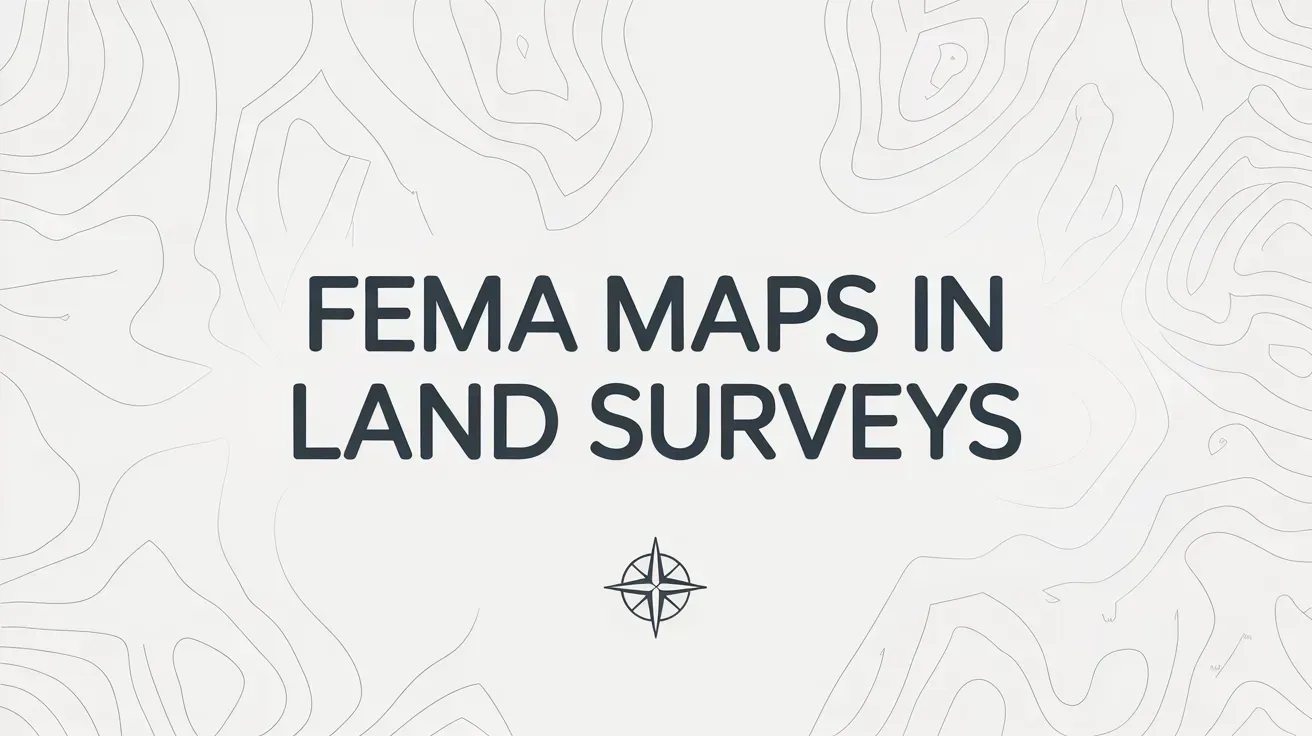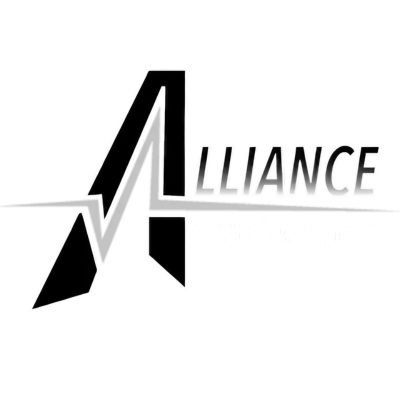
Understanding FEMA Maps in Land Surveys
FEMA maps—also known as Flood Insurance Rate Maps (FIRMs)—play a crucial role in land surveying, especially when preparing title surveys and ALTA/NSPS land title surveys. These maps help determine a property’s flood zone status and whether it is located within a Special Flood Hazard Area (SFHA). Surveyors include this information on the final survey to inform lenders, title companies, and property owners about potential flood risks.
What Information from FEMA Maps Is Shown on Surveys?
When a licensed land surveyor prepares a title survey, it typically includes a statement like:
ACCORDING TO FEMA MAP NO. 48029C0415G WITH AN EFFECTIVE DATE OF 9/29/2010, AND A REVISION DATE OF 07/11/2022, THIS PROPERTY LIES WITHIN ZONE X AND IS NOT WITHIN A SPECIAL FLOOD HAZARD AREA. THIS INFORMATION IS SUBJECT TO CHANGE AS A RESULT OF FUTURE MAP REVISIONS BY FEMA. APPROXIMATE LIMITS (IF SHOWN) ARE BASED ON AVAILABLE SHAPE FILES PROVIDED BY FEMA (msc.fema.gov).
This example includes:
- FEMA Map Number: Identifies the specific FIRM panel used.
- Effective Date: The date when the map became official for insurance and regulatory use.
- Revision Date: The most recent update to the map panel (if applicable).
- Flood Zone: Indicates whether the property lies in a high-risk area (e.g., Zones A, AE) or a low-risk area (Zone X).
What Are FEMA Flood Zones?
FEMA divides land into zones based on the risk of flooding. Some common zones include:
- Zone X: Minimal flood risk. No flood insurance required by lenders.
- Zone A/AE: High risk of flooding. Flood insurance typically required.
- Zone VE: Coastal areas with high flood risk and wave hazards.
Properties within a Special Flood Hazard Area (SFHA) are considered higher risk and may require mandatory flood insurance if financed by a federally backed mortgage.
Where Does This Information Come From?
Surveyors use FEMA’s official shapefiles and flood map service data to identify the flood status of a property. These files are available through the FEMA Map Service Center and are often imported into GIS or CAD systems for overlay on the subject tract.
Look Up Your Flood Zone
To check your own property's flood risk status, visit:
https://msc.fema.gov/portal/home
Once on the site:
- Enter your property address in the search bar.
- Click the correct match and wait for the map to load.
- Click "View Map" to open a visual FEMA flood map.
- Check the legend and zone label to determine your flood risk.
This tool is helpful for property owners, buyers, and builders who want to understand flood insurance requirements or plan safe construction.
Why Surveyors Include FEMA Flood Map Data
Including FEMA information on a land survey ensures transparency and helps clients make informed decisions. Lenders, title companies, and insurance providers often rely on this data to finalize home purchases and determine insurance obligations.
It’s also important for homeowners and builders to understand the flood risk before developing a property. A professional land surveyor can help identify where the flood zone lies in relation to existing or proposed structures.

